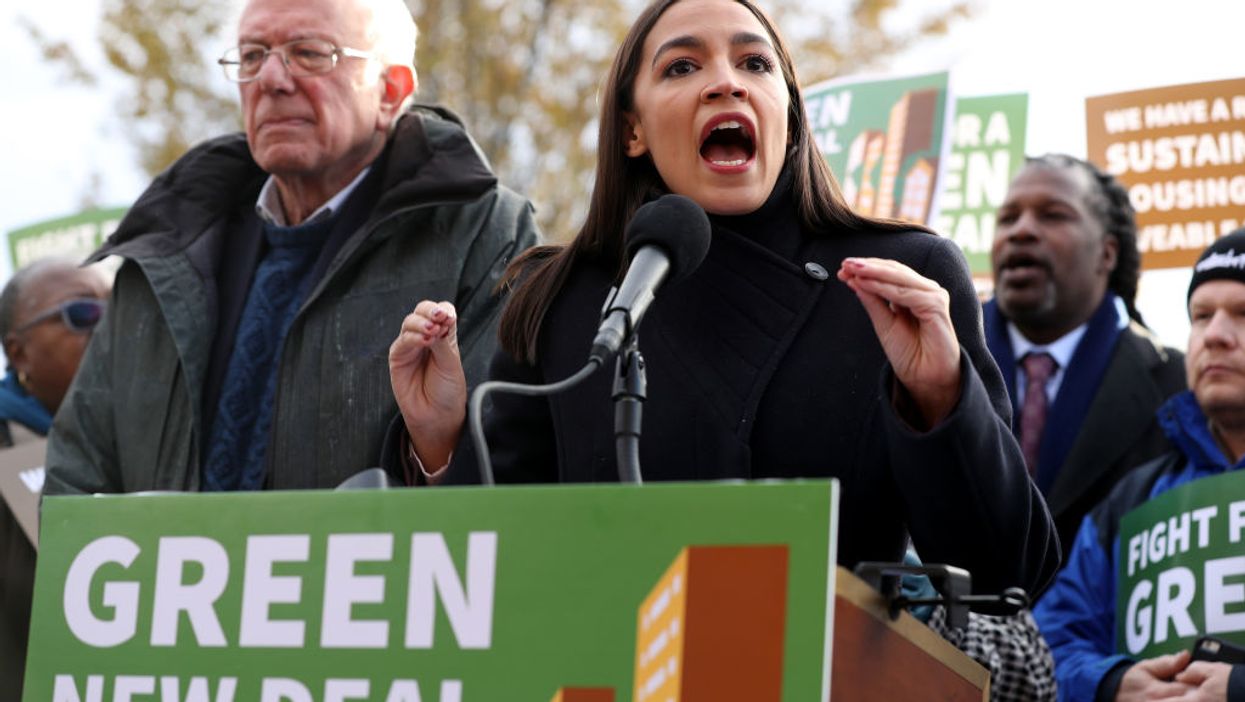
Chip Somodevilla/Getty Images

Child poverty is actually down 67% since 1980
For years, politicians on the left and many in the media have claimed that that America spends little on combatting childhood poverty compared to peer nations.
An October 2018 article in the Washington Post declared, "The U.S. spends less on children than almost any other developed nation." Meanwhile, Sen. Bernie Sanders (I-Vt.) said that, "The U.S. has the highest child poverty rate of almost any country on Earth." Even supposed moderate Sen. Cory Booker (D-NJ) claimed our country has "The moral obscenity of having the highest levels of child poverty in the industrialized world."
However, according to a study from the American Enterprise Institute, claims of child poverty in the United States are grossly overstated.
As AEI research fellow on poverty studies Angela Rachidi explained, "[c]hild poverty rates in the US are at historically low levels, and similar to other countries such as the United Kingdom, Ireland, and Canada." The finding of her report challenge the left's false claim that America lacks effective anti-poverty programs for children.
In fact, the poverty expert noted that spending on social programs designed to help needy children has sky-rocketed over the past few decades.
These spending increases have especially targeted three key areas of support — health, refundable tax credits, and nutrition support — through means-tested programs. Federal spending on health, nutrition, and refundable tax credits for low-income children was almost nonexistent in 1960, but has since increased 17-fold, surpassing all other categories by 2018, with the exception of tax reductions stemming from the dependent deduction.
Rachidi also pushed back against claims the U.S. spends little on addressing child poverty compared to other nations.
International comparisons that consider the full range of child spending show that the US spends as much, if not more, per child than other countries such as Belgium, Germany, Canada, France and the United Kingdom. As a percentage of GDP, the US spends more on children than Germany, Australia, Canada and the Netherlands.
Earlier this week, AEI also published a video on Facebook depicting the growth in anti-poverty spending in the U.S.:
As Rachidi stated, properly accounting for social spending to combat childhood poverty demonstrates that there has been a reduction of 67 percent in children living under the poverty line over the last 39 years. In 1980, 32.9 percent of children were considered poor. This figure has been reduced to 10.8 percent as of 2018, according to a poverty measure based on consumption.
Federal government statistics pin child poverty at 16.2 percent, but as TheBlaze recently noted, the Census' official poverty measure has "well-documented flaws," according to researchers. Among its most notable problems is that the government's poverty rate "is based on cash income only," which fails to capture many non-cash social resources made available to families in need, such as food stamps and housing vouchers.
"However," Rachidi said, "our success in the battle against child poverty cannot be attributed solely to an increase in federal dollars going toward this cause."
"Policies that support work, family, and strong communities also play a crucial role," she added.